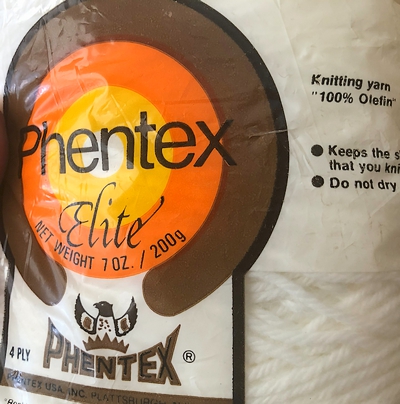It turns out I have quite a bit of time on my hands, given my providing care for an aging parent. While that certainly puts a dent in my fishing itinerary, it hasn’t slowed me down on the fly tying front … not even a little.
Like many other fly tiers, the last person I tie for is myself. For whatever reason, I ensure all my pals have plenty, and my fly box is filled with drab experimentals or gayly colored attractors, too gaudy for even the unconventional angler.
I have been restocking a lot of materials with the plan of tying for my own boxes, and find myself alternately thrilled – when I find that missing box of Puce Guinea fowl I misplaced, and gasping … when I see the current price of what it would take to replace it.
In many cases I had the foresight to lay in a goodly supply of common items, like hooks and tinsels, but after years of tying flies, I have made inroads into that supply and need to get more, or contemporary patterns require colors I lack and failed to set aside. As I discover the current trade names, sources, and locales for these materials, I’ll be adding them here for your consumption.
To wit, today we just confirmed that our old friend “Polypropylene” now goes by a different moniker. While the old name is common in fly shops and fishing venues, most of the garment industry has attempted to move away from unwholesome synthetics in favor of more comforting names and trademarks. Fly tiers have long known of the reluctance of the fashionable types to wearing REAL furs, and how it has cut into our supply of animal parts and furrier scraps. The same is true of trade names … and the movement away from names that sound like they cause cancer, to names that sound more wholesome, natural, and socially acceptable.
Polypropylene is now called “Olefin” and those tiny three yard cards of Poly yarn that sell for three dollars each, can be purchased under the Olefin name for a fraction of the cost of retail.
Skeins of Olefin yarn will look slightly different than the fly tying flavor, but only because the yarn you purchase might be a knitting yarn, a spun four ply, versus the unspun two ply seen in the fly tying variant. Combing the yarn out and unspinning the weave yields the same material and the same coarseness of fiber. Color selection is greatly increased due to the non angling uses, and for some that may be an additional benefit. Most poly yarn is used to wing spinners or dries, and typically used in the white and light gray flavors.
It’s not surprising that most of the Olefin yarn consumed in the US originates under Chinese manufacture. As there are so many uses for the Olefin yarn, everything from heavy ropes to gossamer garments, you need to select a form that is conducive to your fly tying.
Phentex was the brand of Polypropylene yarn purchased in the late 70’s, and the Phentex company still makes the yarn in its many forms today. Phentex markets the yarn under a variety of styles and types, many of which are available on Amazon. The “Slipper and Craft” yarn is a loose Olefin weave and will likely work well for your tying.
Most fly tiers will have a lifetime supply of Polypropylene (Olefin) yarn with only a single skein of the white and one additional in gray, I have found uses for turquoise blue, damsel dries, and brown – for Calibaetis parachutes. At six dollars a skein, you’re getting several decades of materials for the price of two of the small fly shops cards.
Jump on it.

